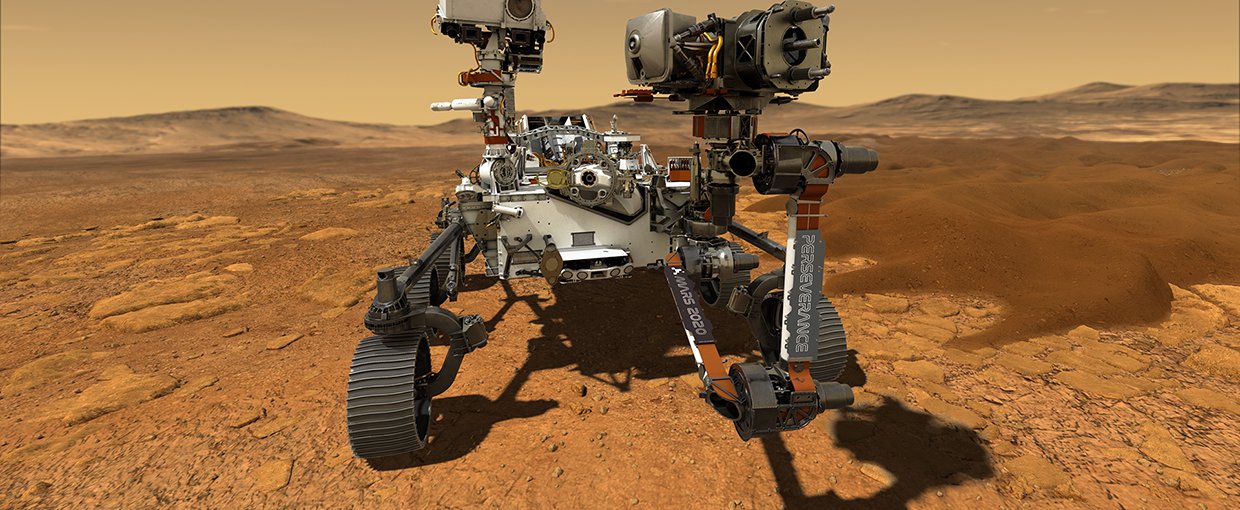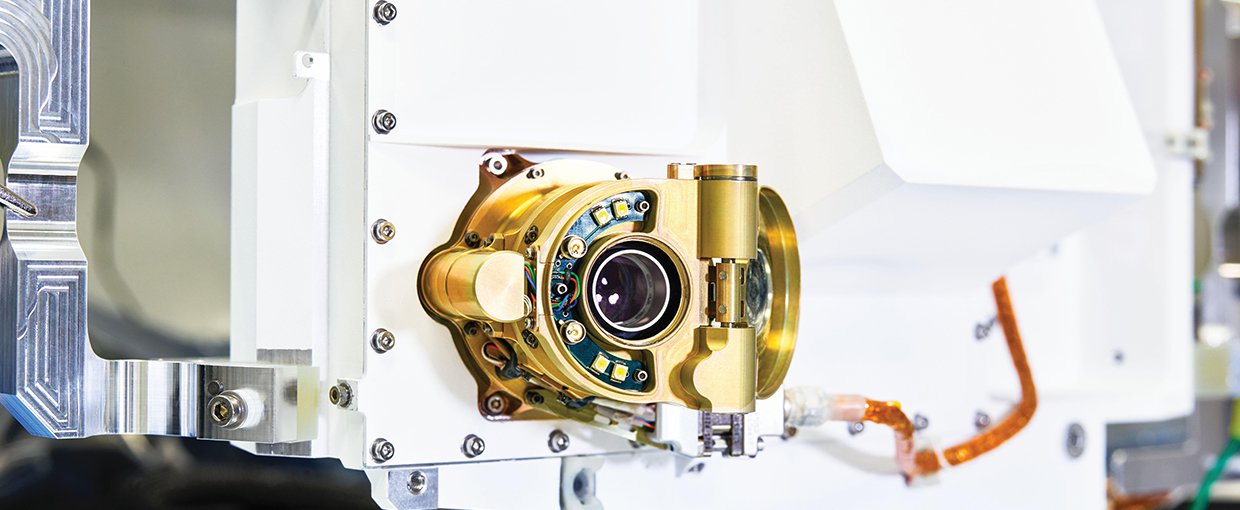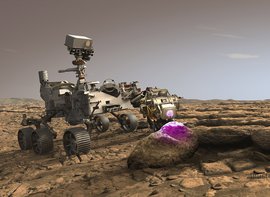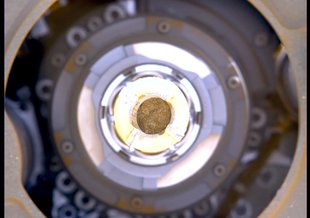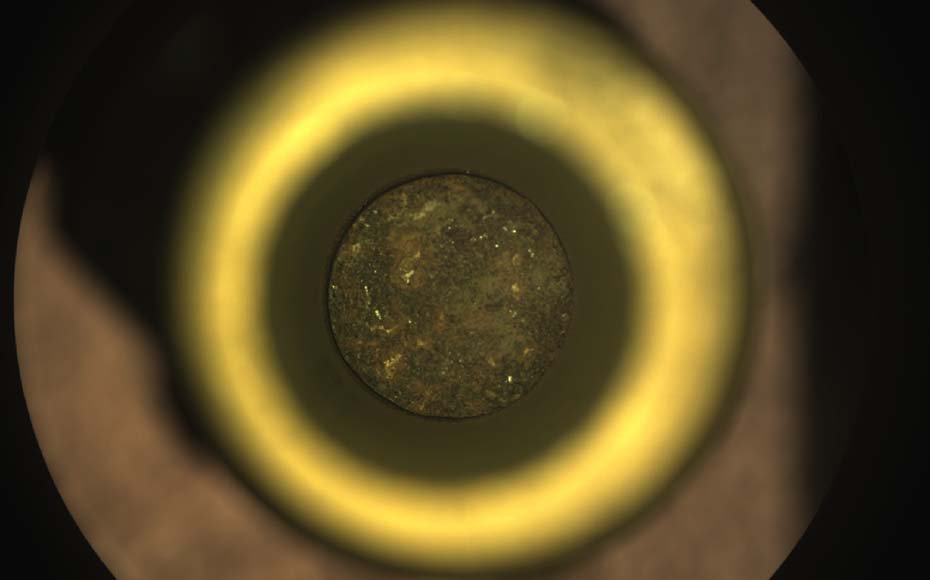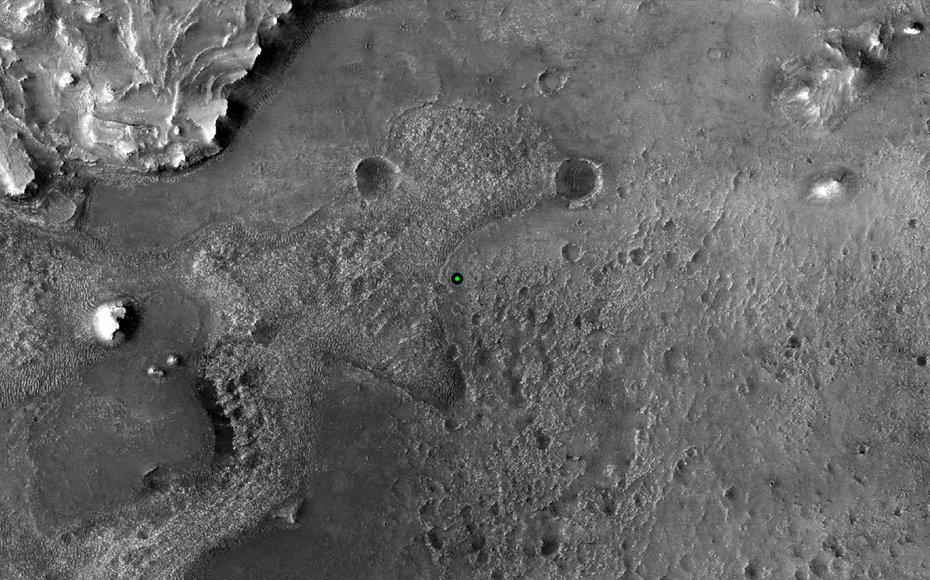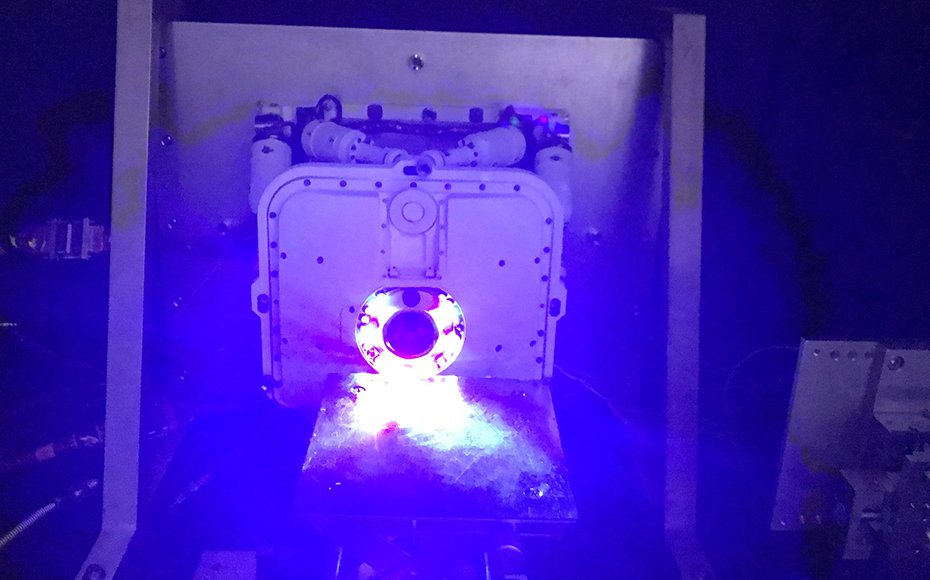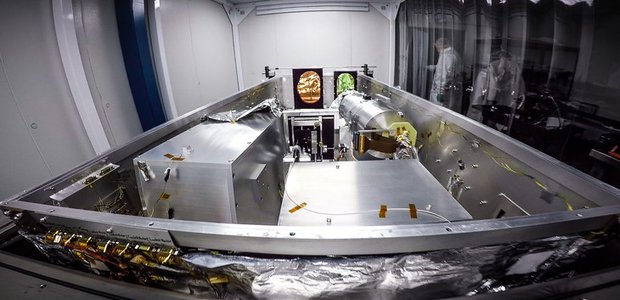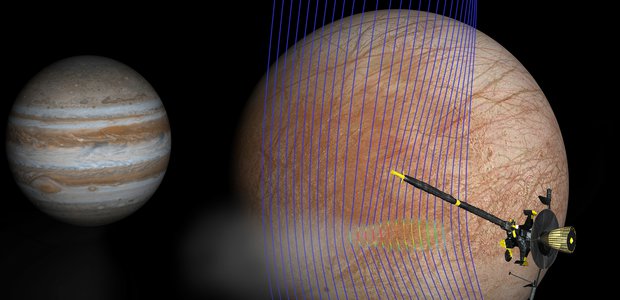- Launch Date July 30, 2020
- Arrival Date February 18, 2021
- Mission TypeLander/Rover
- TargetMars
Follow the latest news from Perseverance and its sidekick Ingenuity at the official mission website: https://mars.nasa.gov/mars2020/
Mission Overview
NASA launched the robotic science rover, dubbed Perseverance, on July 30, 2020, from the Space Launch Complex 41 at Cape Canaveral Air Force Station in Florida. Perseverance is based upon the Mars Science Laboratory heritage architecture, and as such is a step-wise improvement on tested technology. The instruments on Perseverance rover are similar to the Curiosity rover, some are more powerful upgrades of previous instruments and others have completely different, and new capabilities. Among these, at the end of the rover’s arm, is an instrument known as SHERLOC (Scanning Habitable Environments with Raman & Luminescence for Organics & Chemicals). SHERLOC will be used to study rock surfaces, and will work in tandem with a second instrument named WATSON (Wide Angle Topographic Sensor for Operations and eNgineering), a camera that can take close-up pictures of rock textures. Together the two instruments will be used to map the presence of certain minerals and organic molecules on the surfaces of rocks. Mineral maps can also be combined with data from additional instruments, including PIXL (Planetary Instrument for X-ray Lithochemistry).
Relevance to Astrobiology
NASA’s Mars 2020 mission is a step in NASA’s long-term robotic exploration of Mars. The rover Perseverance is providing important data relevant to astrobiology research, along with a vast amount of geological information about the landing site and the planet at large that will help put the astrobiological data into context.
One of the missions primary goal is to explore the geology of Jezero Crater in order to assess past habitability. Jezero Crater is a geologically rich terrain, with many features and minerals formed by water that may date back as far as 3.6 billion years ago. Studying the geology and mineralogy of this site will provide a window into the planet’s climate history, and allows astrobiologists to determine if sites like these were persistent habitable environments that could have supported life in the past.
Perseverance will not be looking for organisms living on Mars today. However, the rover is collecting data that could be used to identify biosignatures of ancient microbial life. Previous missions, from Pathfinder to Curiosity, have helped astrobiologists determine that habitable environments were present on Mars in the planet’s ancient past. However, while these environments may have been habitable, we do not know if they were inhabited (i.e. if life was ever present).
What really sets this mission apart is that Perseverance is collecting a suite of samples to be returned to Earth via a Mars Sample Return mission. The return samples from another planet will allow our researchers to interrogate them with all of the sophistication and thoroughness of Earth-based instrumentation, and will provide an immense opportunity to dramatically advance our scientific understanding of Mars.
Many of the goals for the Mars 2020 mission are directly relevant to Astrobiology. These include:
- Determine whether life ever arose on Mars
- Seeking signs of past life (biosignatures) in the geological record
- Characterize the climate of Mars
- Characterize the geology of Mars
NASA Astrobiology Involvement
Mars 2020 is a step in NASA’s robotic exploration of Mars, a primary target of astrobiology research in the Solar System, and will build on the accomplishments of the Mars Science Laboratory (MSL). Many researchers supported by elements of the Astrobiology Program are involved in the design and development of the Mars 2020 mission and its scientific goals.
The Astrobiology Program also funded the development of instruments included on the Mars 2020 mission.



